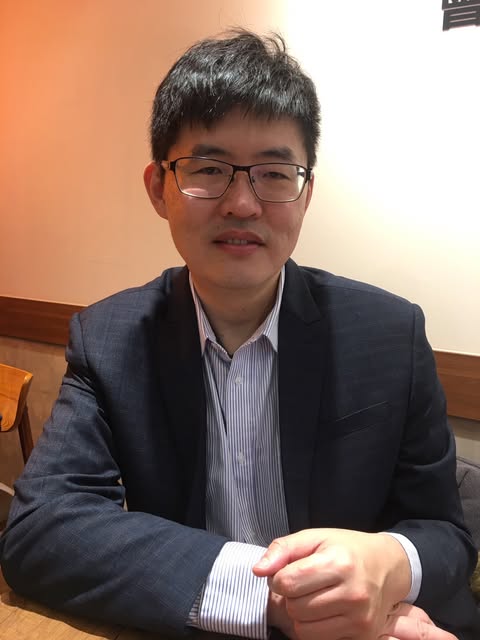Publications
- Photolithography Overlay Map Generation with Implicit Knowledge Distillation Diffusion Transformer - ICCV, Honolulu, 2025.
- DLSF: Dual-Layer Synergistic Fusion for High-Fidelity Image Synthesis — MVA, Kyoto, 2025 (Oral Presentation).
- Boosting Small Object Tracking via Collaborative Detection Transformer — MVA, Kyoto, 2025 (Oral Presentation).
- MVA 2025 Small Multi-Object Tracking for Spotting Birds Challenge: Dataset, Methods, and Results — MVA, Kyoto, 2025.
- Knowledge Distillation Cross Domain Diffusion Model: A Generative AI Approach for Defect Pattern Segmentation — IEEE TSM, 2024.
- Medium. Permeation: SARS-COV-2 Painting Creation by Generative Model — KAMC, Kyoto, 2023.
- Semiconductor Defect Detection by Hybrid Classical-Quantum Deep Learning — CVPR, New Orleans, 2022.
- QRF: Implicit Neural Representations with Quantum Radiance Fields — arXiv, 2022.
- Hybrid Quantum-Classical Machine Learning for Lithography Hotspot Detection — ASMC, Saratoga Springs, 2022.
- Semiconductor Defect Pattern Classification by Self-Proliferation-and-Attention Neural Network — IEEE TSM, 2021.
- A Novel Deep Learning Architecture for Global Defect Classification: Self-Proliferating Neural Network (SPNet) — ASMC, Milpitas, 2021.
- Double Feature Extraction Method for Wafer Map Classification Based on Convolution Neural Network — ASMC, Saratoga Springs, 2020 (Best Paper Award).
- A Deep Learning Model for Identification of Defect Patterns in Semiconductor Wafer Map — ASMC, Saratoga Springs, 2019.
